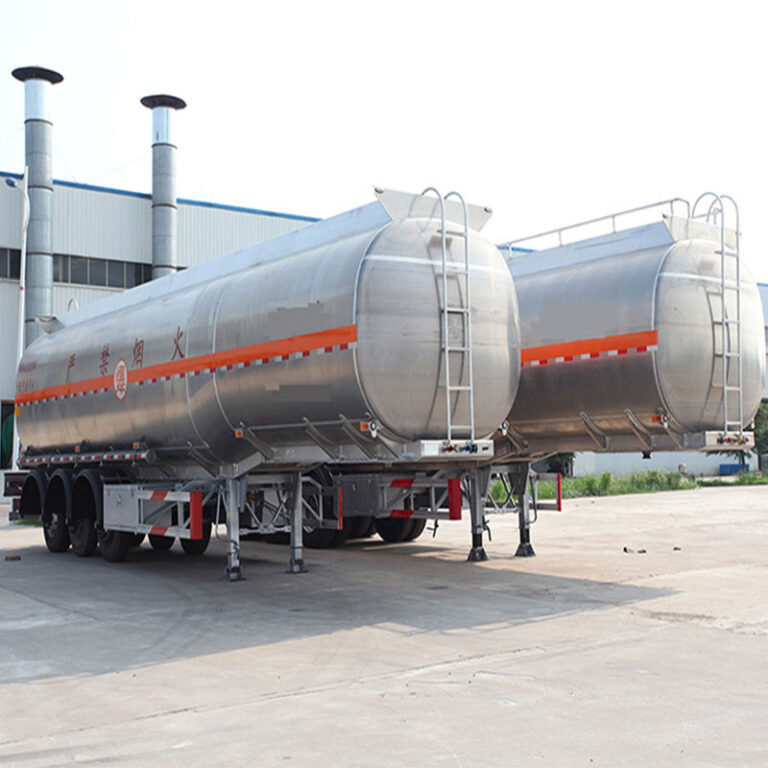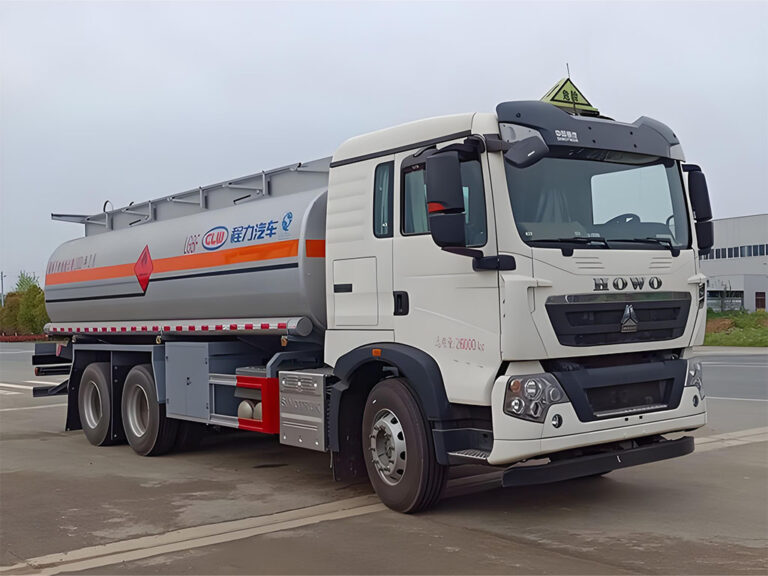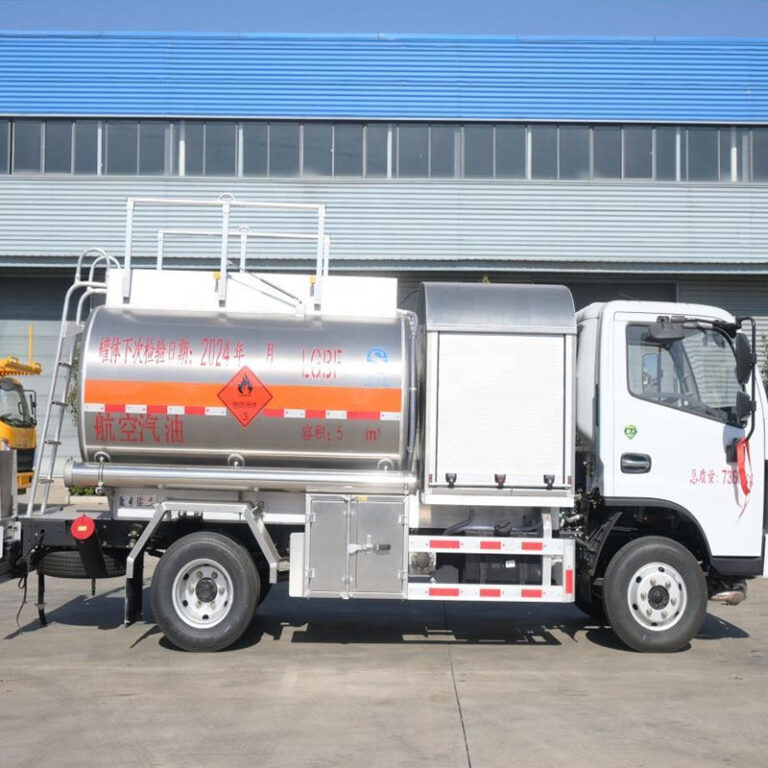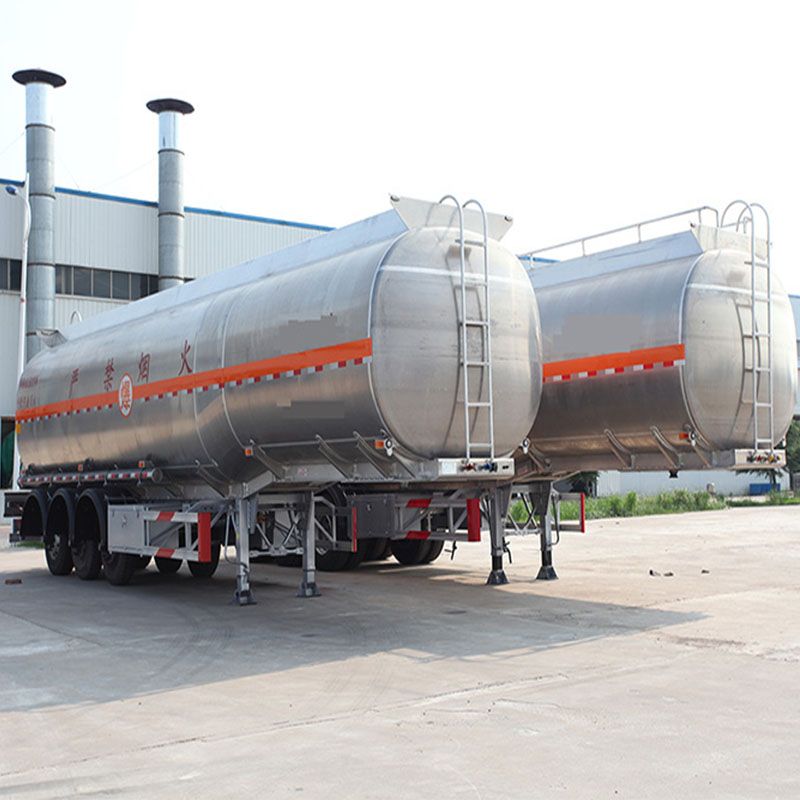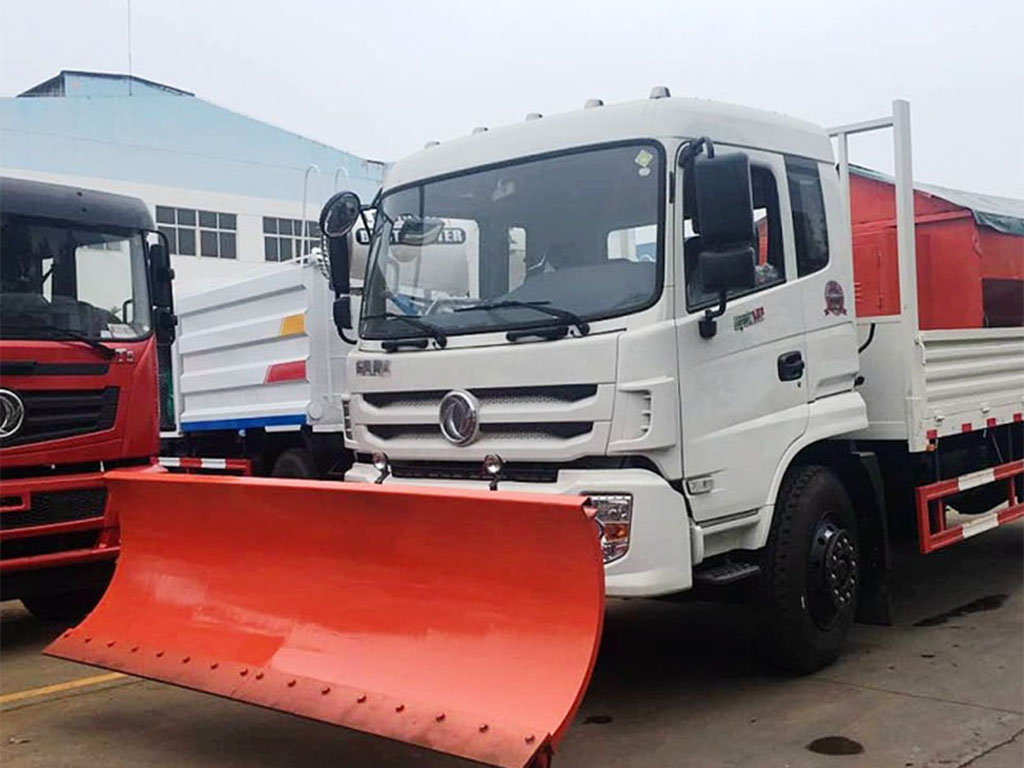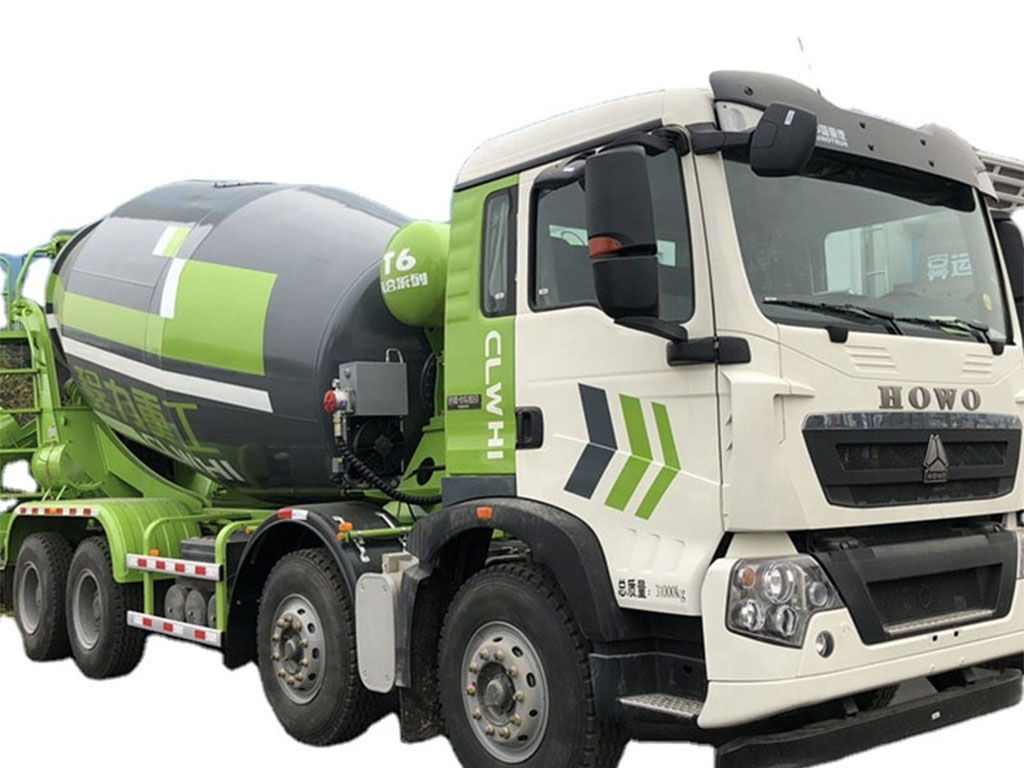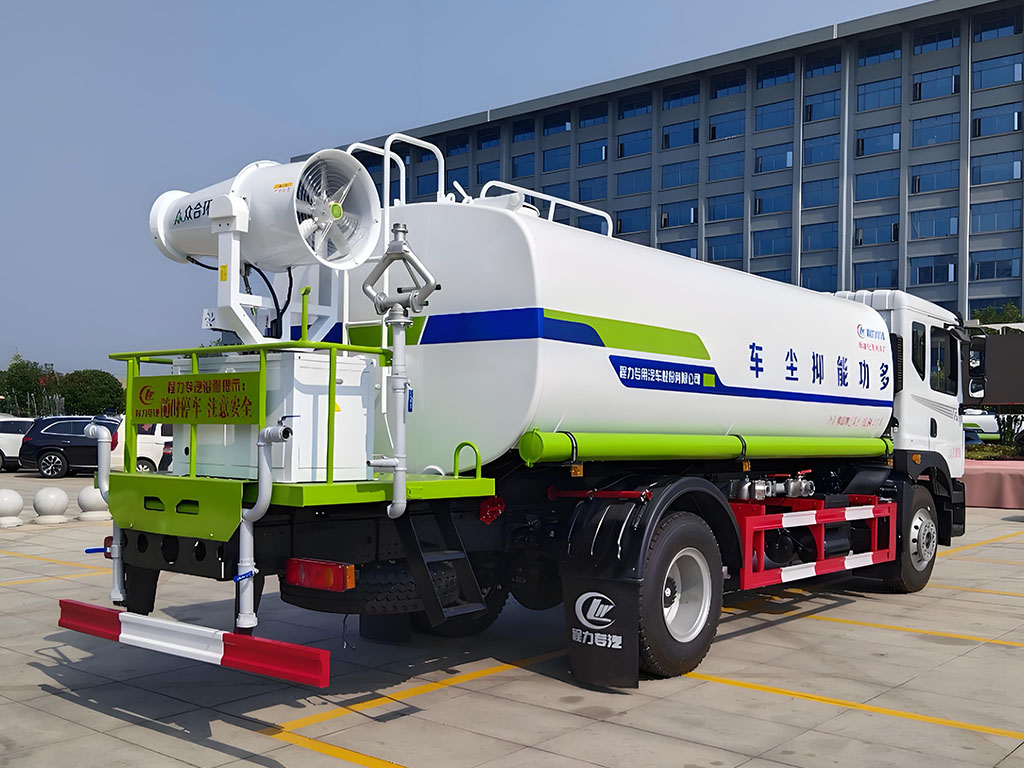-
Chengli Automobile Industry Park, Suizhou, Hubei, China
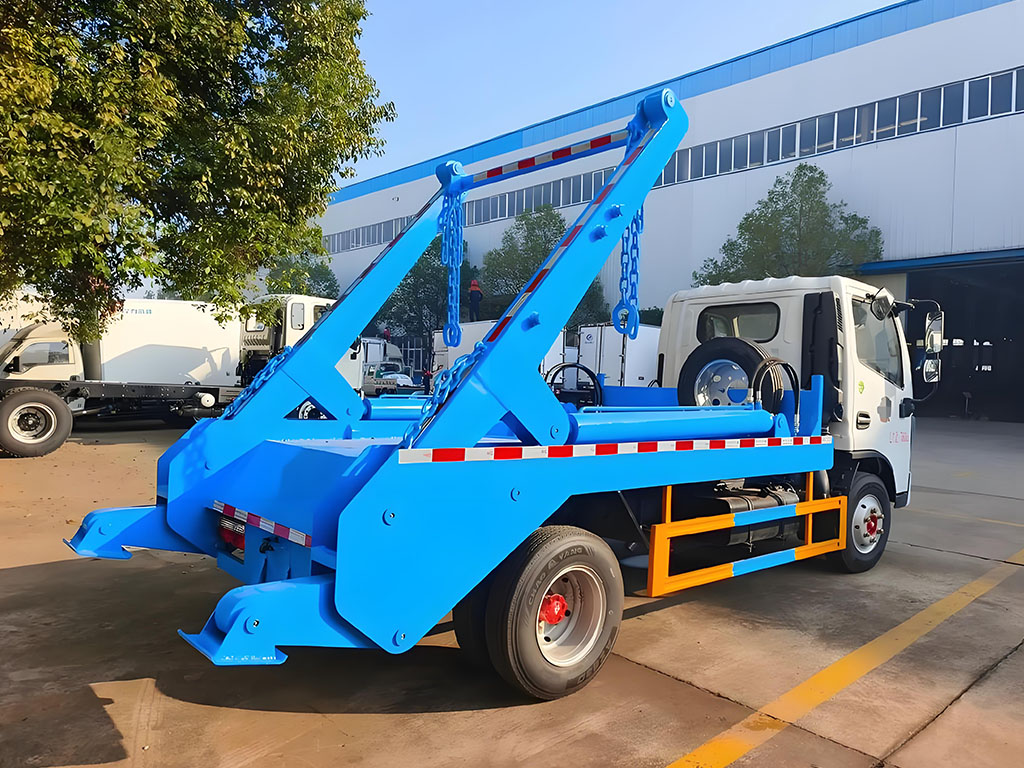
Swing Arm vs. Traditional Garbage Trucks: Key Differences
Let’s Learn About Garbage Trucks!
Do you see big trucks that pick up trash on your street? Some are swing arm garbage trucks. Some are traditional garbage trucks. They work in different ways. But which one is better for you, your city, or your company? You want your trash gone fast and safe. You want to save money, too!
I am from CLW GROUP. We build strong special trucks, like rear loader garbage trucks and swing arm garbage trucks. We help people pick the right truck. Here, I will show you how these trucks are different. You will know which garbage truck fits your job.
What Is a Swing Arm Garbage Truck?
A swing arm garbage truck is smart. It uses an automated side loader or a semi-automated side loader. It has a big hydraulic arm on one side. The arm grabs your trash bin, lifts it, and dumps the trash in the back. You can watch this from your window! It is fun.
- The driver can pick up trash alone (ASL). Sometimes a helper rides along (SASL).
- The arm needs special carts or bins.
- The driver sits safe inside. The driver does not get out into the street.
What Is a Traditional Garbage Truck?
A traditional garbage truck is a rear loader. It has a big hole at the back. You see workers walking with bags and throwing them inside.
- The driver has 1 or 2 helpers. They walk and lift bins, bags, and even big trash.
- The helpers use their hands or a tipper.
- The truck has a packer that pushes trash down.
How Do These Trucks Work?
Let’s see the steps for each truck.
Swing Arm Truck (ASL/SASL):
Easy! No heavy lifting. Driver stays inside.
Traditional Truck (Rear Loader):
Lots of carrying, lifting, and helpers.
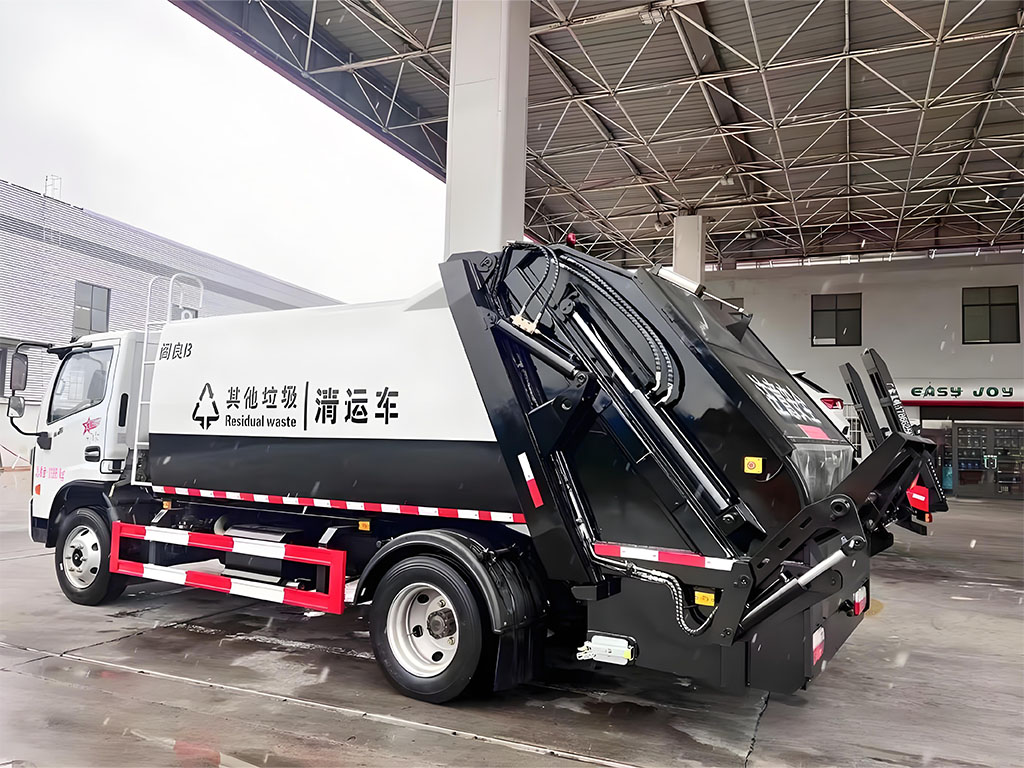
Let’s Compare!
Look below to see how swing arm trucks and traditional trucks are different.
| Feature | Swing Arm Truck | Traditional Truck |
|---|---|---|
| Crew Size | 1 (maybe +1 helper) | 2-3 people |
| Stops Per Day | 600-1000+ | 300-600 |
| Labor Costs | Lower | Higher |
| Worker Injury Risk | Lower | Higher |
| Purchase Price | $350,000-$550,000 | $250,000-$400,000 |
| Maintenance Cost | Higher (hydraulics) | Lower (simple) |
| Fuel Use | Same or a bit lower | Same or a bit more |
| Bin Types It Uses | Needs standard carts | Any bin, bag, or bulk |
| Best For | Houses with carts, fast | Houses, businesses, more |
| Compaction Ratio | High | High |
Swing Arm vs. Traditional Garbage Trucks: A Comprehensive Comparison
Understanding the operational nuances, cost implications, and safety features of waste collection vehicles is crucial for efficient solid waste management. This infographic compares **Swing Arm (Automated/Semi-Automated Side Loaders – ASL/SASL)** with **Traditional (primarily Rear Loaders – MRL)** garbage trucks across key performance metrics.
Key Performance Metrics
Operational Insights & Impact
Worker Safety
**Swing Arm:** Significantly lower risk of injury (reduced manual lifting, less traffic exposure for crew). Less back strains, repetitive motion injuries.
**Traditional:** Higher risk of strains, sprains, and traffic-related incidents due to manual loading and crew working at the rear of the truck.
**Traditional:** Higher risk of strains, sprains, and traffic-related incidents due to manual loading and crew working at the rear of the truck.
Container Compatibility
**Swing Arm:** Requires standardized carts (e.g., 65-95 gallon) with specific grab points. Less flexible for diverse container types or bags.
**Traditional:** Highly flexible. Can handle bags, various sizes of cans, bulk items, and commercial bins (with tipper).
**Traditional:** Highly flexible. Can handle bags, various sizes of cans, bulk items, and commercial bins (with tipper).
Maintenance Complexity
**Swing Arm:** Can be higher due to complex hydraulic arm systems, advanced sensors, and automation components. Specialized diagnostics often required.
**Traditional:** Generally lower as mechanics are simpler, though wear on packer and body components is common. More straightforward repairs.
**Traditional:** Generally lower as mechanics are simpler, though wear on packer and body components is common. More straightforward repairs.
Route Suitability
**Swing Arm:** Excels in high-density residential areas with standardized carts and minimal obstacles. Best on routes with clear, accessible curbsides.
**Traditional:** More adaptable to variable route densities, narrow streets, alleys, and mixed residential/commercial waste streams.
**Traditional:** More adaptable to variable route densities, narrow streets, alleys, and mixed residential/commercial waste streams.
Pros & Cons Summary
Swing Arm (ASL/SASL) Pros
- High efficiency and faster stops in suitable areas.
- Significant reduction in labor costs (driver-only operation).
- Improved worker safety (reduced manual lifting, less traffic exposure).
- Potential for quieter operation (less manual banging).
- Modern image and technology integration.
Swing Arm (ASL/SASL) Cons
- Higher initial purchase price.
- Requires resident compliance with standardized carts.
- Less flexible for non-standard waste or bulk items.
- Complex hydraulic systems can mean higher maintenance costs and downtime.
- May struggle in very narrow alleys or areas with many obstacles.
Traditional (Rear Loader) Pros
- Lower initial purchase price.
- High flexibility for various waste types, bags, and containers.
- Can handle bulkier items and commercial dumpsters.
- Proven, simpler technology, potentially easier to maintain for basic repairs.
- Adaptable to diverse route conditions.
Traditional (Rear Loader) Cons
- Higher labor costs due to larger crew requirement.
- Increased risk of worker injury (back strains, traffic exposure).
- Slower collection speed per stop compared to automated systems.
- Safety concerns for crew working in traffic at the rear.
- Higher potential for noise from manual loading and packer.
Choosing the Right Truck
Ultimately, the “better” garbage truck is the one that best fits your specific operational needs, budget constraints, and priorities. While swing arm trucks offer significant labor savings and safety improvements, they require standardization and capital investment. Traditional trucks provide unmatched flexibility and lower initial cost, but come with higher ongoing labor and safety considerations. A careful analysis of route density, waste streams, labor availability, and long-term fleet strategy is essential for an informed decision.
Why People Need to Decide
You want to collect solid waste and recycling. You want to be safe and save money. How do you pick your garbage truck? Here is what you should think about:
- Efficiency: Do you want to pick up lots of trash fast?
- Crew Size: Do you want to need fewer workers?
- Cost: Do you want to save on labor, even if the truck costs more at first?
- Safety: Do you want to keep your workers away from traffic and lifting bags?
- Flexibility: Do you have all types of bins and bags?
- Street Size: Are your streets narrow or wide?
- Type of Area: Do you mostly have homes or do you also collect from stores?
Pros and Cons – What’s Good and Not So Good?
Swing Arm Garbage Truck Pros:
- Makes stops fast.
- Cuts down on how many workers you need.
- Workers get hurt less often (no heavy lifting).
- Driver can stay safe inside.
Swing Arm Garbage Truck Cons:
- Costs more to buy first.
- Needs special bins.
- Harder to repair (hydraulic arm is fancy).
- Not great in small alleys.
Traditional Garbage Truck Pros:
- Can pick up bags, cans, or even old furniture.
- Costs less to buy.
- Good for homes or shops.
- Simple for any kind of waste.
Traditional Garbage Truck Cons:
- Needs more workers.
- Workers get hurt more.
- Slower at picking up trash.
- Workers are out in the street.
Real Life Example – How a City Made a Choice
Let me share a city’s story:
- They changed from rear loader trucks (3 workers) to swing arm trucks (1 worker).
- Their labor cost dropped by 60%.
- More, trash pickups went from 400 to 900 stops each day.
- Worker injuries dropped by 75%.
- They spent more to buy swing arm trucks, but saved money in 6 years.
- They kept some rear loader garbage trucks for places with alleys or lots of different trash.
How CLW GROUP Helps You
Do you need help picking a waste collection vehicle? CLW GROUP can help!
- We offer customized production just for you.
- We help design, build, and deliver your refuse truck.
- We teach your workers to use the trucks.
- We help with maintenance and repairs.
- We have both automated side loader and rear loader garbage trucks!
You can check out our [special trucks factory] to read about all our vehicles. If you need a truck for water, take a look at our [big water tank trucks]. Need to haul cars? See our [auto transport solutions]. Want to know all about our strong [rear loader garbage truck line]? We have all the waste management technology you need!
Which Truck Should You Pick?
Ask yourself these things:
- Do I want more speed and less labor cost? Pick a swing arm garbage truck.
- Do I need to pick up any kind of trash on small streets? Pick a rear loader garbage truck.
- Do I need help matching bins? We give you technical consulting!
You tell us what you need. We build the right truck for you. That is the CLW GROUP promise.
Quick Reference List
- Swing Arm Trucks use hydraulic arms for bins. Good for many houses fast.
- Traditional Rear Loaders use people to toss bags and cans in the back.
- Swing arms are safer and need fewer workers, but cost more first.
- Rear loaders are simple and work with any trash, but need more helpers.
References and More
- OSHA Waste Safety Tips
- City Fleet Studies (public data)
- Truck Maker Manuals
- CLW GROUP Customer Feedback
Pick the truck that fits your job. CLW GROUP gives you more choices and more service!
Let’s collect waste smarter. Work with the right partner. Work with CLW GROUP – your leader in refuse collection vehicles and more.



